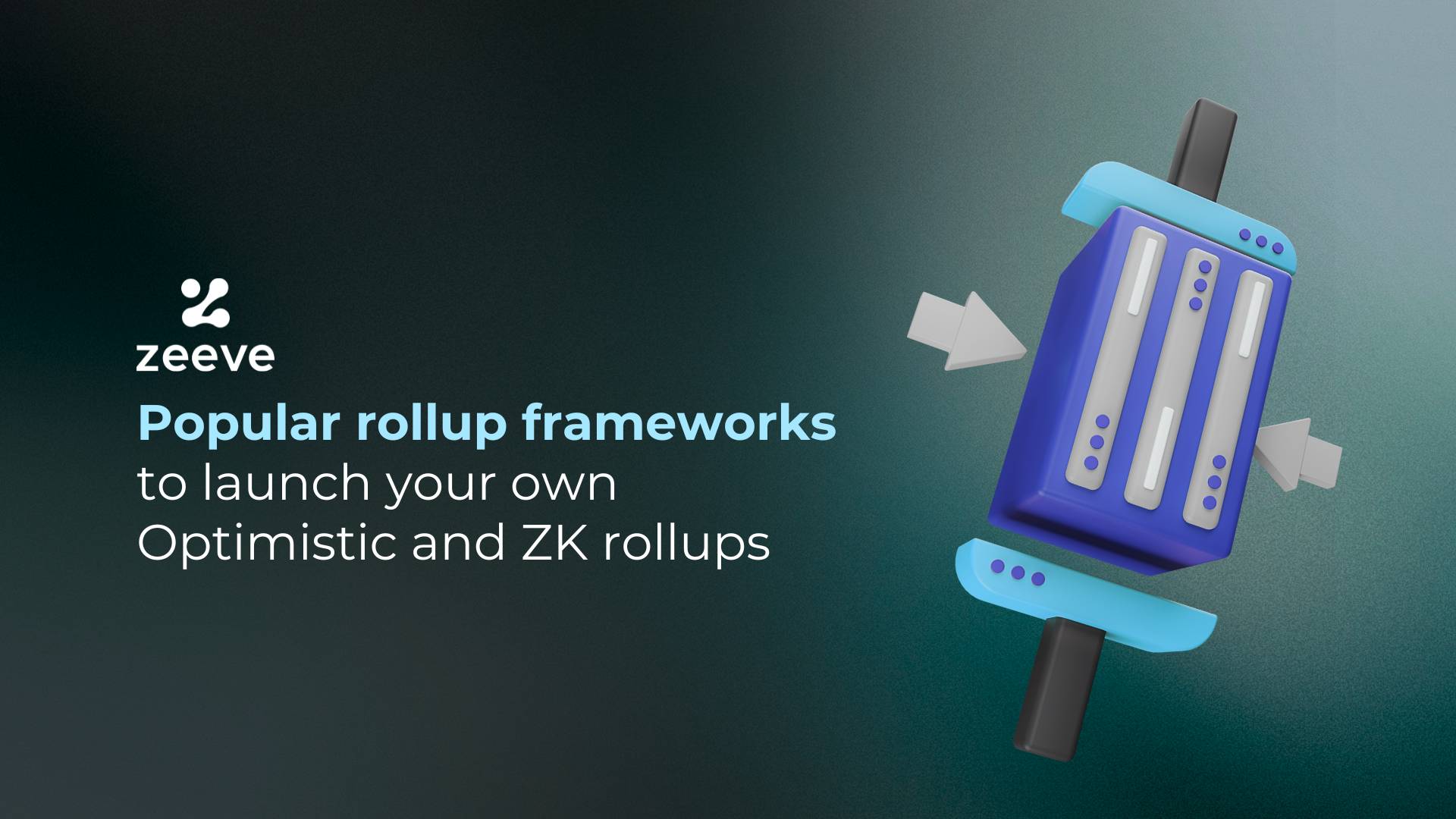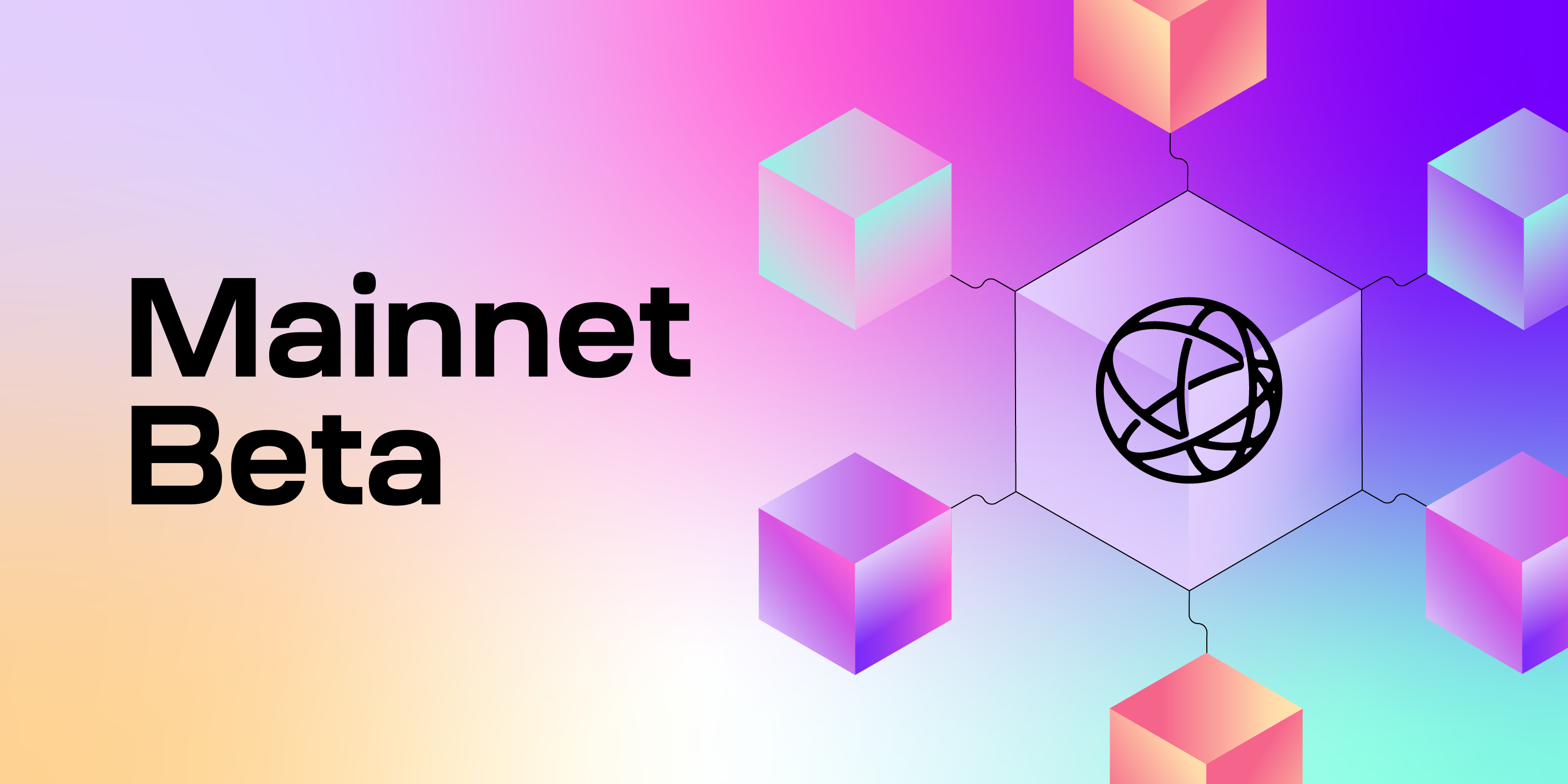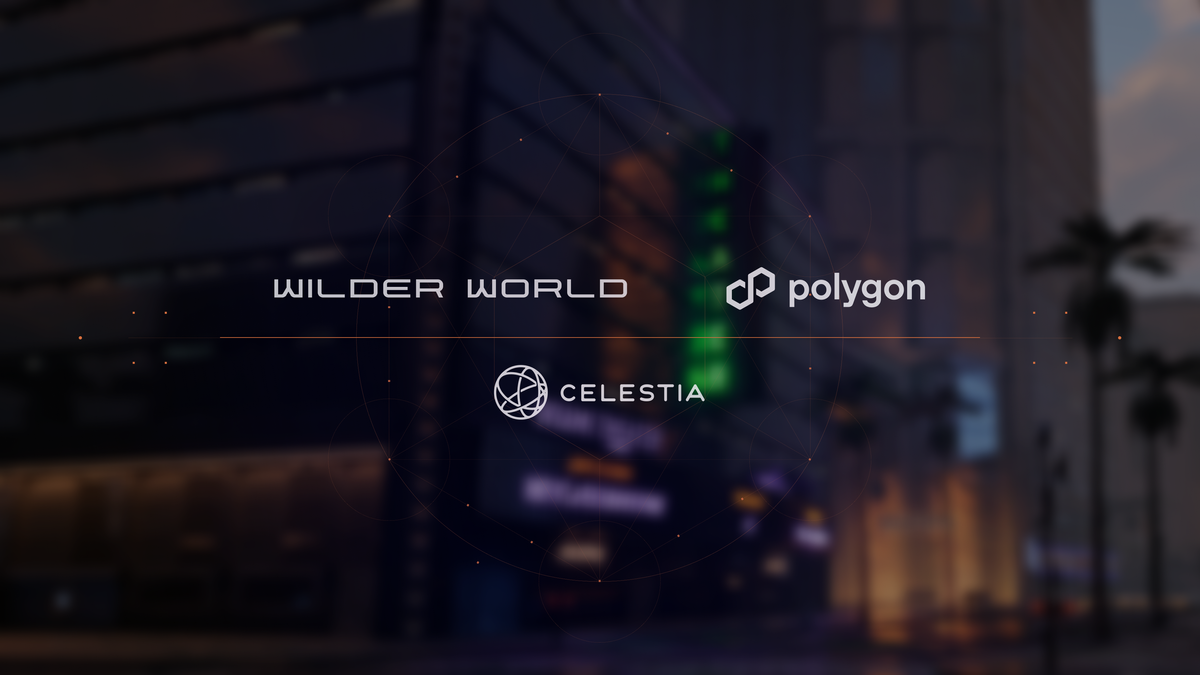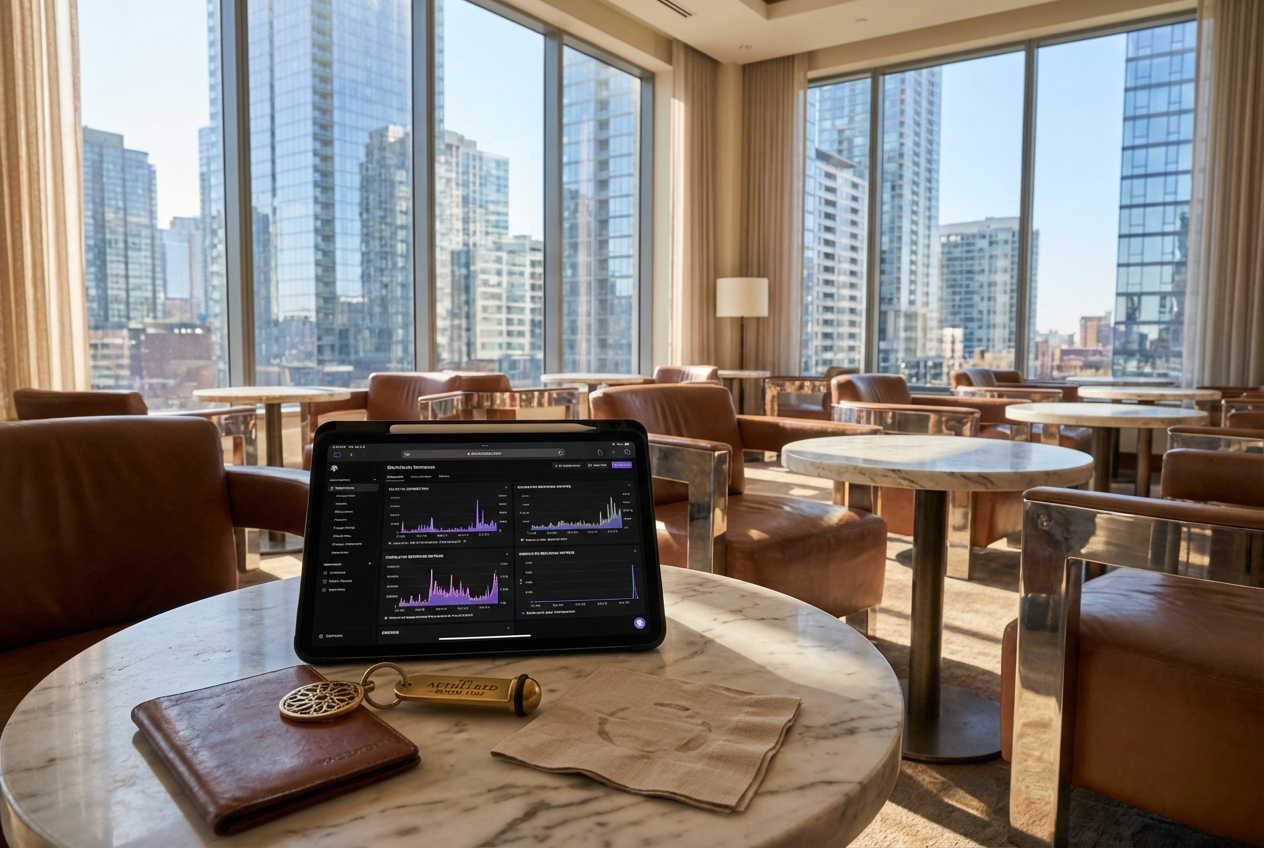
In 2024, as modular blockchains redefine what’s possible for scalability and innovation, Celestia’s data availability layer (DA layer) stands out as a technical game-changer. Priced currently at $1.05 (with a 24h high of $1.06 and low of $0.9835), Celestia ($TIA) is not just a speculative asset, it’s the bedrock for a new generation of modular rollups. But what makes Celestia’s DA layer so critical for developers and investors in the modular blockchain landscape?
Why Data Availability Layers Matter for Modular Rollups
The data availability layer is the unsung hero of the modular blockchain stack. In traditional monolithic chains, consensus, execution, and data storage are tightly coupled, often leading to bottlenecks. Modular rollups, however, decouple these functions, letting specialized layers handle what they do best. Here, Celestia’s DA layer acts as the decentralized bulletin board for transaction data, ensuring that anyone can access the published data for a short period (think of it as the blockchain’s version of streaming a live sports game).
This separation is more than just architectural elegance. By offloading data availability and consensus to Celestia, rollups can focus on execution and settlement, drastically improving scalability and cost efficiency. For a deep dive on how rollups leverage Celestia’s DA, check out this breakdown of real-world examples.
Celestia’s Technical Innovations: DAS and Namespaced Merkle Trees
Celestia’s DA layer is not just about storing data, it’s about proving that data is available to everyone. Two core innovations make this possible:
- Data Availability Sampling (DAS): Instead of requiring every node to download entire blocks, DAS lets lightweight nodes verify data completeness by sampling small, random chunks. By leveraging Reed, Solomon erasure codes, nodes can statistically guarantee that all data is published without the bandwidth burden. This is a breakthrough for decentralization, blockchains can now scale without sacrificing security or accessibility.
- Namespaced Merkle Trees (NMTs): Each transaction or blob in Celestia’s DA layer is tagged with a namespace. NMTs allow rollups to efficiently retrieve only their relevant data, minimizing processing overhead and making cross-rollup operations cleaner and faster.
If you’re a developer looking for technical guidance on deploying rollups with Celestia’s DA layer, you’ll want to bookmark this step-by-step guide.
Integrating Celestia with Modular Rollup Frameworks
The power of Celestia’s DA layer comes alive when paired with leading rollup frameworks:
- Rollkit: Formerly known as Rollmint, Rollkit is a modular rollup framework that plugs directly into Celestia’s DA layer. It offers an ABCI-compatible client interface, making it easy to deploy custom rollups using Cosmos SDK or any ABCI-based application.
- OP Stack: Developers building on the OP Stack can now select Celestia as their preferred DA layer. This means OP Stack rollups get cost-effective data availability from Celestia while still settling on Ethereum, an attractive combination for projects targeting both scalability and security.
- Polygon CDK: The integration of Celestia with Polygon’s Chain Development Kit (CDK) brings ZK-powered Layer 2 chains to Ethereum with improved scalability and lower costs.
These integrations make it possible for developers to launch rollups without the overhead of maintaining their own validator sets. For a closer look at how this works in practice, see how Eclipse and other projects leverage Celestia DA.
Celestia (TIA) Price Prediction 2026-2031
Forecast based on current trends, technical analysis, and modular blockchain ecosystem growth
| Year | Minimum Price (Bearish) | Average Price | Maximum Price (Bullish) | Year-over-Year Change (Avg %) | Key Market Scenario |
|---|---|---|---|---|---|
| 2026 | $0.85 | $1.20 | $2.10 | +14.3% | Rollup adoption grows, but overall crypto market remains volatile |
| 2027 | $1.00 | $1.50 | $2.80 | +25.0% | Modular blockchains gain traction; more rollups use Celestia DA |
| 2028 | $1.18 | $1.90 | $3.50 | +26.7% | Celestia solidifies position as leading DA layer; regulatory clarity improves |
| 2029 | $1.35 | $2.35 | $4.40 | +23.7% | Major L2 and gaming projects launch on Celestia-powered rollups |
| 2030 | $1.55 | $2.95 | $5.60 | +25.5% | Scalability breakthroughs and ZK tech drive further adoption |
| 2031 | $1.75 | $3.60 | $7.10 | +22.0% | Mainstream adoption of modular blockchains; Celestia DA widely integrated |
Price Prediction Summary
Celestia (TIA) is positioned for steady growth as the modular blockchain and rollup ecosystem expands. The average price forecast projects a progressive rise, potentially tripling by 2031 if adoption rates and modular blockchain trends remain strong. However, the price will remain sensitive to broader market cycles, regulatory shifts, and competition from other DA solutions. The bullish scenario assumes Celestia becomes the default DA layer for a significant portion of new rollups, while the bearish scenario reflects slow adoption and persistent market headwinds.
Key Factors Affecting Celestia Price
- Adoption of modular rollups and Celestia’s DA layer by major projects and chains
- Integration with frameworks like Rollkit, OP Stack, and Polygon CDK
- Broader crypto market cycles and risk sentiment
- Regulatory developments impacting Layer 1 and Layer 2 networks
- Technological innovation in data availability sampling and ZK-rollups
- Competition from other data availability and modular blockchain solutions (e.g., Ethereum, EigenLayer)
- Market cap growth and overall blockchain adoption rates
Disclaimer: Cryptocurrency price predictions are speculative and based on current market analysis.
Actual prices may vary significantly due to market volatility, regulatory changes, and other factors.
Always do your own research before making investment decisions.
Key Developer Benefits: Scalability, Cost Efficiency, and Simplicity
With Celestia’s DA layer as the foundation, modular rollups gain three immediate advantages:
- Simplified Deployment: No need for your own validator network, Celestia handles consensus and data availability so you can focus on execution logic.
- Enhanced Scalability: Rollups scale independently of each other and of Celestia itself. High-throughput use cases like on-chain gaming or complex simulations are finally within reach.
- Cost Savings: Publishing transaction data to Celestia’s DA layer is significantly cheaper than monolithic alternatives, making previously unfeasible applications economically viable.
For hands-on deployment steps and optimization strategies, explore how to optimize DA for your rollup.
Celestia’s approach is not just a theoretical upgrade – it’s being put to the test by a growing ecosystem of modular rollup projects. Developers are rapidly adopting Celestia’s DA layer, leveraging its unique blend of scalability and accessibility to unlock new possibilities in decentralized finance (DeFi), gaming, and beyond.

Real-World Impact: Projects Building on Celestia’s DA Layer
Several next-generation rollups have already integrated Celestia’s data availability innovations, demonstrating tangible improvements in throughput, decentralization, and user experience. Notably, projects like Eclipse and others have showcased how seamless DA integration accelerates time-to-market and reduces operational complexity. For deeper technical case studies, visit this collection of real-world examples.
Top Modular Rollup Projects Leveraging Celestia’s DA Layer
-

Rollkit: An open-source modular rollup framework that allows developers to deploy customizable rollups using Celestia for data availability. Rollkit supports Cosmos SDK and other ABCI-compatible applications, enabling seamless integration and scalability.
-

OP Stack (with Celestia DA): The OP Stack, the open-source framework behind Optimism, now supports Celestia as a modular data availability layer. This integration enables OP Stack rollups to reduce costs and increase scalability by leveraging Celestia for data availability while settling on Ethereum.
-

Polygon CDK (Chain Development Kit): Polygon’s CDK integrates Celestia’s DA layer to empower developers to build ZK-powered Layer 2 chains with enhanced scalability and security on Ethereum, making it easier to launch high-throughput, cost-efficient rollups.
-

Dymension: A modular blockchain network focused on deploying application-specific rollups, known as “RollApps.” Dymension utilizes Celestia’s DA layer to ensure secure, scalable data availability for its ecosystem of RollApps.
-

Manta Pacific: An EVM-native modular Layer 2 that leverages Celestia for data availability, enabling high-throughput, privacy-preserving DeFi applications with lower data costs and robust scalability.
What’s striking is how these integrations are lowering the barrier for new blockchains to launch. Instead of months spent spinning up validator sets or worrying about data withholding attacks, developers can now focus on building applications and user experiences. This is a paradigm shift for blockchain architecture, and it’s fueling an explosion of innovation across the modular stack.
Staking, Security, and the $TIA Economy
Security is always top-of-mind for developers and investors. Celestia’s DA layer is secured by its native token, $TIA, which currently trades at $1.05. Staking $TIA incentivizes honest participation in data availability sampling and consensus, aligning network security with economic rewards. As DA demand grows with more rollups coming online, the $TIA staking economy is poised for expansion and evolving yield opportunities.
For those considering participation, understanding the mechanics of Celestia $TIA staking and how it underpins DA integrity is critical. As more applications leverage Celestia, the importance of robust, decentralized staking only increases – and with it, the potential for both yield and protocol resilience.
Looking Ahead: The Modular Future
Celestia is setting the pace for what’s next in blockchain infrastructure. Its DA layer is now a cornerstone for modular rollups, empowering developers to build at scale without compromising security or decentralization. As the $TIA price remains steady at $1.05, the ecosystem’s momentum is unmistakable: more integrations, more developer tools, and a growing range of use cases that simply weren’t possible in the monolithic era.
If you’re strategizing for 2024 and beyond, keep an eye on Celestia’s DA layer. Whether you’re deploying a new rollup, optimizing blobspace, or staking $TIA, the modular revolution is here – and Celestia is leading the charge.






